Third order point-to-point motion profile
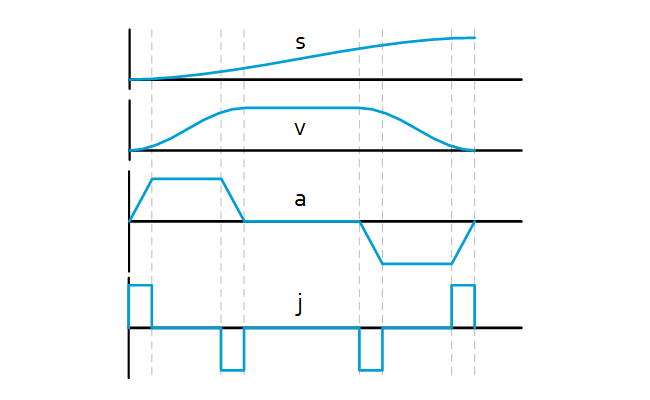
Introduction In many mechatronic applications where a movement from A to B needs to be performed, a third order point to point motion profile is used.To enable early insight in the relevant parameters of a motion profile it is useful to calculate and visualize the relevant parameters (position, speed, acceleration and jerk). This sheet provides […]
Structural damping properties of mechanical systems
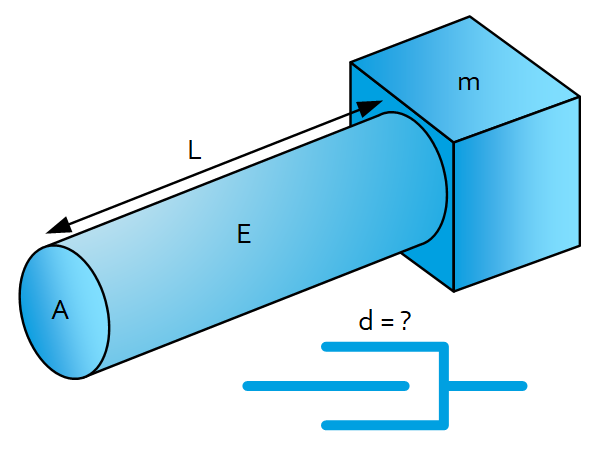
Introduction Each mechanical system from actuator to end-effector comprises damping. This sheet provides some insight how to predict this damping. Damping depends on many factors, such as material, shape, environment, velocity, etc. and therefore it is difficult to predict. Sub- super- and critical damping A critically damped system converges as fast as possible without oscillating […]
Structural damping definitions
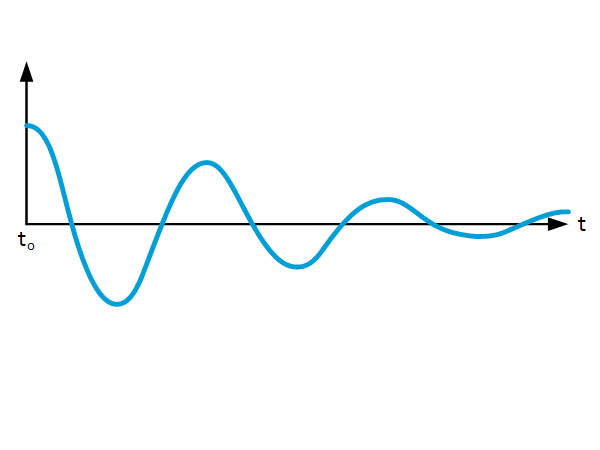
Introduction Every part of a mechanical system, from actuator to end-effector, comprises damping. This sheet gives an overview of ways damping can be defined and how these definitions are related to the linear dimensionless damping coefficient $zeta$. What is damping? Damping in mechanical systems is the extraction of mechanical energy from the motion in the […]
Motion control: Basic feedback design
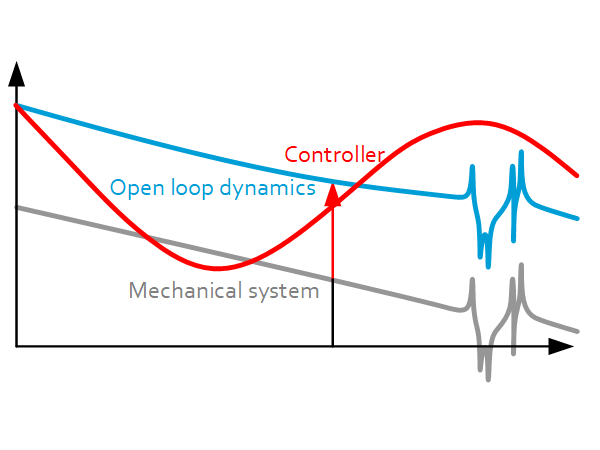
Introduction Motion systems are generally designed to be operated with feedback design control. A common way in industry to design such a controller is carried out by loop shaping, i.e. manually design the open-loop frequency response and interactively evaluate the results on the basis of closed-loop responses (e.g. sensitivity function). Benefits of this approach: It […]
Sag compensated contact pin
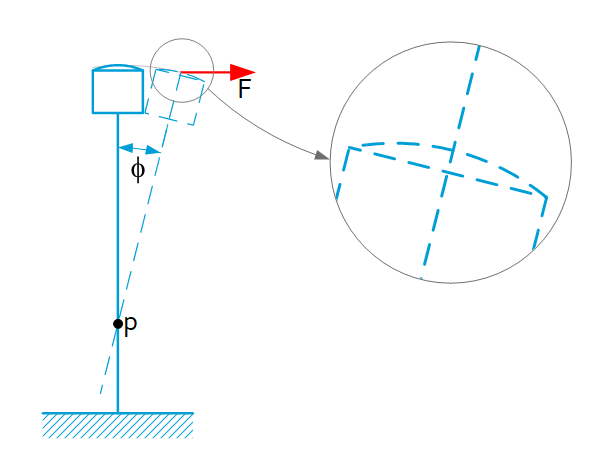
Introduction Typically struts and leaf springs demonstrate a parasitic sag-movement when moving sideways. In some cases this parasitic motion is unwanted. Then a rigid tip can be implemented on the elastic element. By designing the proper tip radius, the parasitic motion can be perfectly compensated resulting in a straight-line guided motion. Formulas The kinematic behavior […]
Zero stiffness linear guidance
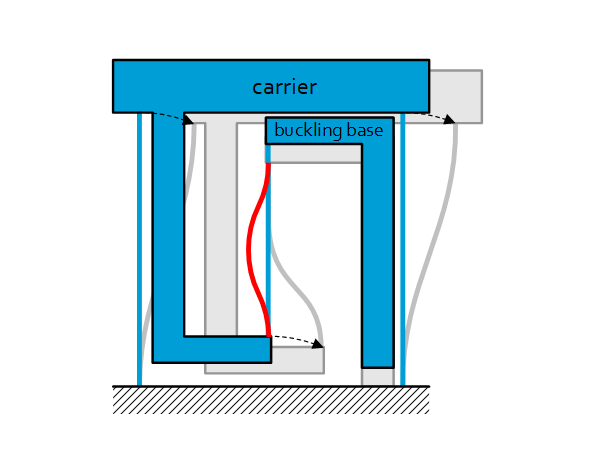
Introduction This sheet provides a design of parallel leaf spring guidance with adjustable stiffness from positive to negative, to benefit its application. Concept A parallel leaf spring guidance is a linear guidance which comprises no play and its (relatively low) stiffness is well predictable (see Precision Point sheet: 2 Leaf springs in parallel). A buckled […]
PCB design: Rules of thumb
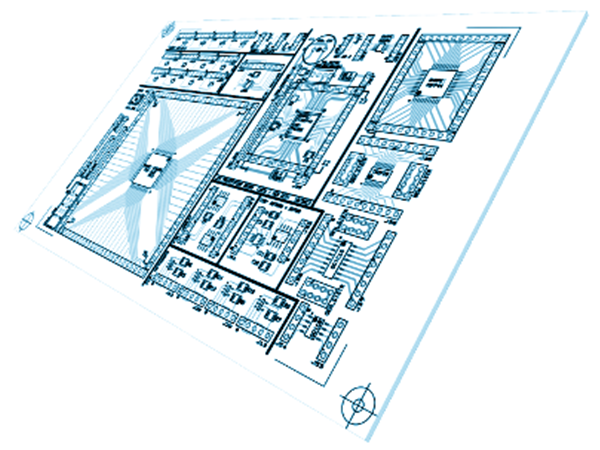
Introduction The ever-increasing requirements for small volume envelopes contribute to integrating electronics to the mechanical design. However, there are numerous solutions; this sheet provides the JPE standard in designing PCB’s. PCB material & properties Using PCBs in vacuum FR4 is suitable for use in a vacuum environment. However, to address outgassing issues consider the following: […]
PCB design: Typical layout characteristics
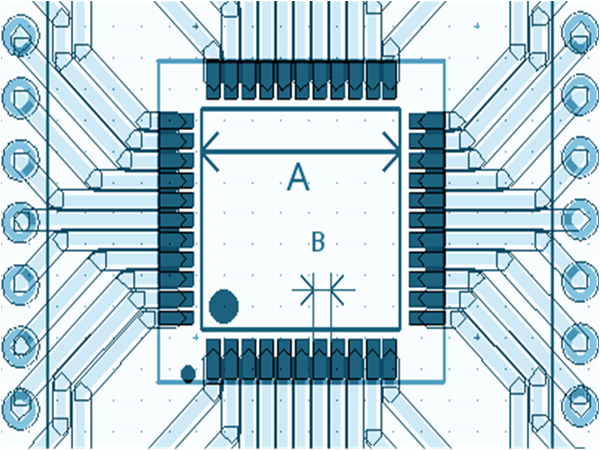
Introduction The ever-increasing requirements for small volume envelopes contribute to integrating electronics to the mechanical design. Although there are numerous solutions this sheet provides the JPE standard in designing PCB’s. Electrical layout characteristics Guidelines for outer layers (top/bottom), but also suitable for inner layers Copper base thickness: $18 mu m$ Suitable for PCB thickness of: […]
Electrical network analysis: Using nodal method
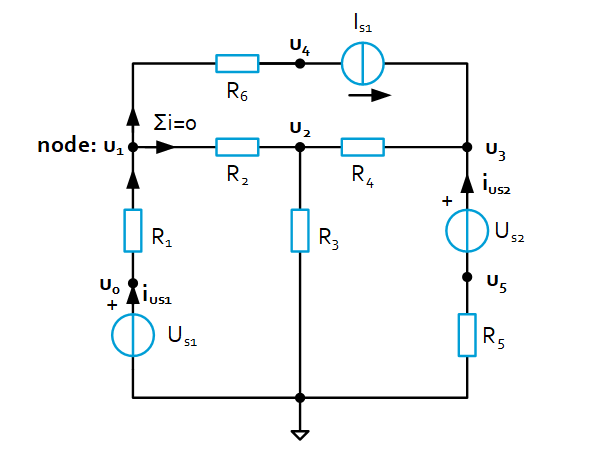
Introduction This sheet describes the basics of electrical network analysis. The description focuses on the modeling of a circuit for static or dynamic analysis using nodal analysis. Calculation may be performed with a computer aid such as MATLAB.A network of passive elements (such as resistance and/or reactance) can be analyzed on current and voltage in […]
Piezo stacks: Physics
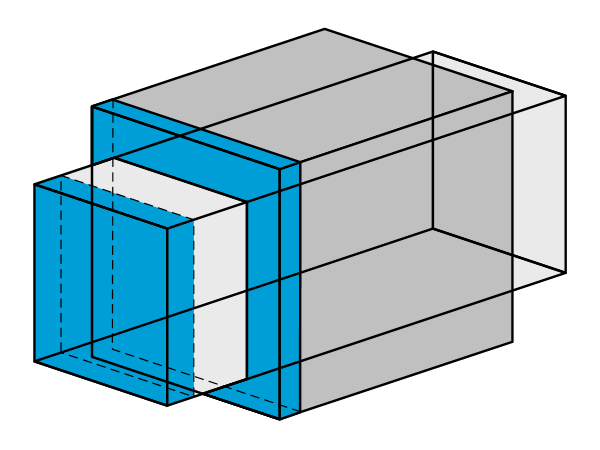
Introduction Designing an actuator that utilizes a piezo stack as actuation principles is not trivial. To aid in this, this sheet elaborates on the parameters that are of interest for such a design. The behavior of a piezo stack can be summarized with the following properties: Geometrical Material Mechanical Electrical Geometric properties $A=Hcdot Bleft[m^2right]$ Cross […]
